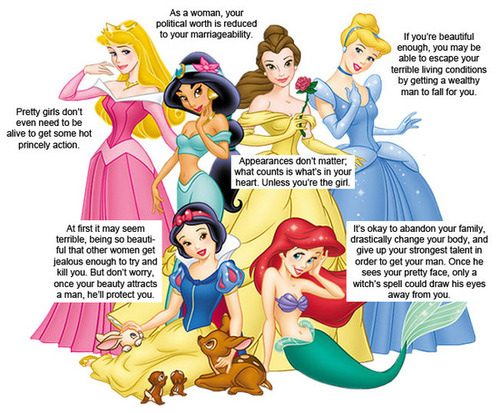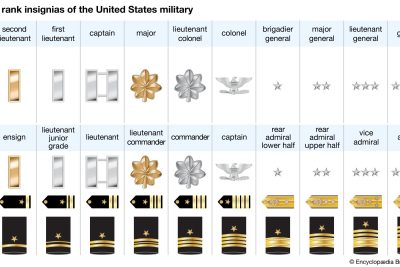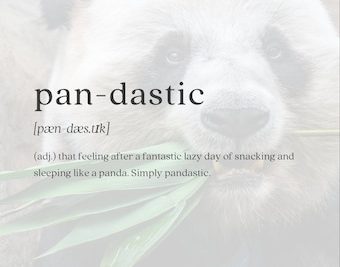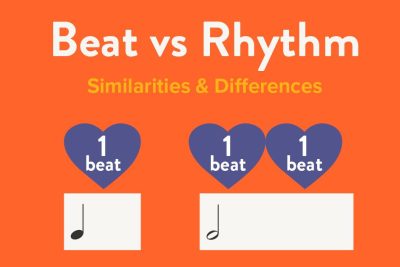
Princess: Definition & Meaning in Disney and Beyond

The term princess often evokes images of fairy tales, royal ball gowns, and magical adventures. In this modern era, the narrative around what a princess represents has evolved significantly, especially through the lens of Disney. While the classic qualities of kindness and beauty still resonate, there is a growing emphasis on empowerment, independence, and assertiveness. The definition and meaning of a princess now encompass not just a character from a story but a symbol of strength and resilience in popular culture.
Disney has played a pivotal role in shaping the princess's identity, influencing generations of viewers worldwide. The Disney princess franchise has expanded beyond the traditional archetype, showcasing diverse narratives that reflect the complexities of contemporary society. This article will explore the various dimensions of the princess concept, tracing its evolution, examining its representation in modern tales, and discussing its broader implications in today's world.
- The Evolution of the Princess Archetype
- Historical Context of Princesses in Literature and Folklore
- Disney Princesses: A Cultural Phenomenon
- Key Traits of Disney Princesses
- Representation and Diversity in Princess Narratives
- The Impact of Modern Princesses on Gender Roles
- Beyond Disney: Princesses in Popular Culture
- The Meaning of "Princess" in Contemporary Society
- Conclusion: The True Essence of a Princess
The Evolution of the Princess Archetype
The princess archetype has undergone remarkable transformation throughout history. Traditionally, a princess was viewed as a damsel in distress, waiting for a valiant knight to rescue her. However, as society has progressed, so too has the portrayal of these female characters. The early Disney films primarily featured princesses who were defined by their innocence and beauty. Cinderella and Snow White, for instance, epitomized the traditional ideals of femininity, relying on the love of a prince to elevate their status.
Over the decades, this narrative began to shift significantly. A new generation of Disney princesses emerged, characterized by determination and self-discovery. Characters like Mulan broke the mold; instead of seeking romance, she pursued honor and family pride, showcasing bravery and resilience. Similarly, Pocahontas and Tiana represented strong women navigating their cultural identities and fighting for their dreams. This evolution reflects a broader societal acceptance of female empowerment and the rejection of passive roles for women.
Historical Context of Princesses in Literature and Folklore
The depiction of princesses in literature and folklore dates back centuries, with narratives portraying them in various lights. In many stories, princesses are often seen as symbols of virtue and morality, encapsulating society's ideals of femininity. However, lurking beneath these gentle portrayals is a complex history that intertwines with themes of power, jealousy, and class. Historical literary masterpieces like "The Little Mermaid" and "Sleeping Beauty" present dreams and desires that are both aspirational and cautionary, often highlighting the pitfalls of passivity and the consequences of societal expectations.
While fairy tales generally portrayed princesses in lofty, idealistic scenarios, the folklore from which these stories stem reveals more nuanced and sometimes dark interpretations. From the Brothers Grimm's tales, where princesses faced perilous trials, to tales from various cultures showcasing the political alliances formed through marriage, the princess's role has been multifaceted and reflective of historical contexts.
Disney Princesses: A Cultural Phenomenon
Since the inception of the Disney princess franchise in the 1930s, these characters have become cultural icons, transcending geographical and generational barriers. The enduring appeal of Disney princesses can be attributed to the quality of storytelling, the enchanting animation, and the accessibility of their messages. Disney's portrayal through musical numbers and relatable struggles has created emotional connections that resonate deeply with audiences.
Moreover, the princess brand has expanded to include merchandise, theme park attractions, and even dedicated media events, further solidifying their place in popular culture. Characters like Ariel, Belle, and Moana are not only beloved for their adventures but also for the messages they convey about self-discovery, bravery, and acceptance. Each princess's journey reflects an essential narrative of growth that young audiences find inspiring.
Key Traits of Disney Princesses
Disney princesses are often characterized by key traits that define their narratives. These attributes evolve from the original notions of beauty and grace to encompass intelligence, resilience, and independence.
- Bravery: Instead of waiting for a prince to save them, many modern Disney princesses demonstrate incredible courage. Mulan embodies this through her unwavering commitment to protect her family and her country.
- Intelligence: Several princesses, like Belle and Tiana, showcase brilliance and problem-solving skills. They challenge societal norms and find innovative solutions to obstacles.
- Compassion: The journey of a princess is often rooted in empathy. Characters such as Cinderella show compassion towards those who mistreat her.
- Independence: Many contemporary princesses strive for independence. For instance, Merida from "Brave" refuses to conform to societal expectations and seeks to forge her own path.
Representation and Diversity in Princess Narratives
The Disney princess franchise has faced valid criticisms regarding the representation and diversity of its characters. Initially dominated by Eurocentric ideals, the franchise has made significant strides towards inclusivity in recent years. Characters like Moana, Tiana, and Jasmine have provided audiences with a broader spectrum of backgrounds, cultures, and experiences.
This push toward diversity is not just an attempt to keep up with modern societal expectations but is essential for validating the narratives of marginalized communities. Diverse representation enriches storytelling, allowing children from various backgrounds to see themselves as heroes. Princesses like Moana inspire young girls by showcasing indigenous cultures, while Tiana's journey highlights the struggles faced by black women, adding layers of depth and realism to the princess archetype.
The Impact of Modern Princesses on Gender Roles
Modern Disney princesses have significantly impacted perceptions of gender roles. The shift from passive to active protagonists signifies a broader cultural transformation, pushing against traditional stereotypes that confine women to fixed roles within society. Characters like Anna from "Frozen" and Rapunzel from "Tangled" demonstrate that the princess narrative can incorporate themes of sisterhood, personal ambition, and self-worth, rather than being solely centered around romance.
This empowerment narrative serves to reshape the ways young audiences view femininity and strength; the message is clear: a true princess is not defined by her relationship with a prince, but by her strength of character and her aspirations. The modern princess archetype thus promotes a vision of femininity that embraces ambition, adventure, and authentic self-representation.
Beyond Disney: Princesses in Popular Culture
The influence of the Disney princess narrative extends far beyond the bounds of its cinematic releases. The princess archetype has made a significant imprint on various sectors of popular culture, appearing in television shows, literature, and fashion. Characters resembling the princess ideal often illustrate the potential for female empowerment and self-discovery, often reflecting contemporary themes of independence and strength.
For instance, various television series depict princesses who challenge the status quo while navigating friendships, responsibilities, and personal dilemmas, emphasizing the journey of becoming one's own hero. Literature featuring strong female leads and princesses has also surfaced, giving new voices and perspectives to classic fairytale motifs. Through such media portrayals, audiences are invited to reimagine the traditional narratives tied to the princess concept while celebrating the complexity and depth that can accompany it.
The Meaning of "Princess" in Contemporary Society
Contemporary society's interpretation of the term princess encompasses various meanings, often intertwining themes of empowerment, privilege, and expectation. As social paradigms shift, the figure of the princess transforms, representing not only royalty and grace but also resilience and strength. Today, being called a princess can impart a sense of respect while also suggesting the individual’s capability to command authority in her right.
Furthermore, the term has been co-opted in empowering slogans, as seen in movements advocating for girls' rights and equality. Women are encouraged to embrace their identity as "princesses" not merely in the context of beauty but also with the recognition that they have the agency to shape their destinies and use their voices for change.
Conclusion: The True Essence of a Princess
Ultimately, the princess archetype has grown far beyond its fairy tale origins, evolving into a powerful metaphor for women’s empowerment and individuality. The narratives pushed forth by Disney and echoed across popular culture have redefined what it means to be a princess in today's society. Real princesses are no longer confined to castles or defined by their relationships with princes; they are leaders, adventurers, and changemakers who inspire generations to live out their dreams.
The true essence of a princess now lies firmly rooted in her capacity to transcend challenges, embody empathy, and seize her narrative. As these stories continue to evolve, there is hope that all girls will know they possess the spirit of a princess within them, capable of creating their own magic in the world.
Did you find this article helpful? Princess: Definition & Meaning in Disney and Beyond See more here Education.
Leave a Reply






Related posts